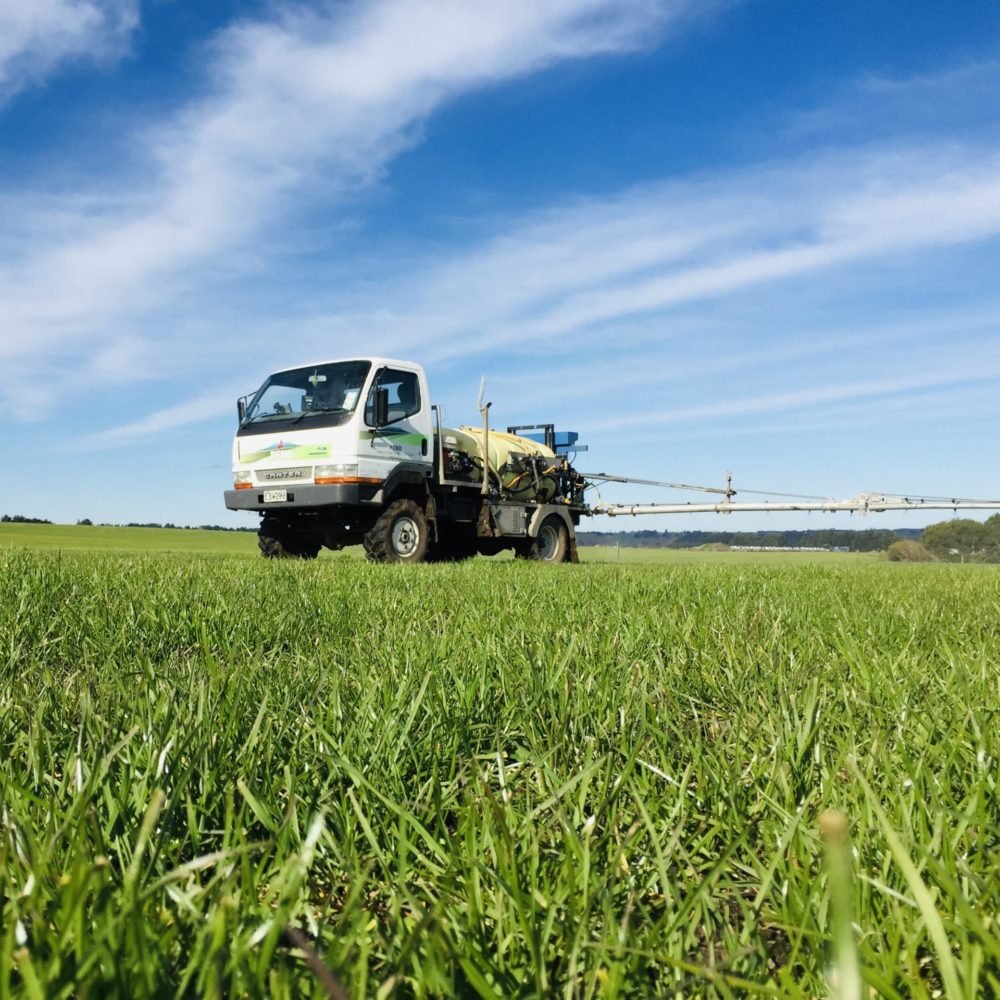We trust you are all off to a good start to Spring. While a lack of sunshine has been holding up growth in many regions, good rain fall has now setup most areas for a highly productive Spring. A major positive is that commodity prices overall are high and the outlook for these remains positive. Many of the factors driving up lamb, beef and dairy prices are also driving up costs. Unfortunately fertiliser has been no exception to this. The aim now is to capitalise on these higher income streams while managing increased costs. At Dickie Direct we believe there are certainly ways to do this, particularly when it comes to fertiliser.
In the local market we have seen the larger companies move back to supplying more of their traditional products, Single Superphosphate and Urea based options. With their infrastructure aligned to supplying these products this makes sense for their models.
At Dickie Direct we are taking a different approach. Our mission is to improve the production, profitability, and environmental sustainability of our clients’ farms by using the most efficient nutrient forms, in conjunction with soil biology and health. With the cost of nutrients now at much higher levels, we believe it makes more sense than ever to be doing what we can to ensure we are maximising the utilisation and production of every unit.
Our Area Managers are working closely with many of their clients to ensure they are making the most out of every cent spent on fertiliser. Below is a list of some of these more efficient nutrient forms where we have been seeing great responses. Along with being efficient, the products outlined below are currently some of the least impacted by price increases, further adding to their competitive advantage in the market.
Some more efficient nutrient forms that have been moving this Spring:
- Our range of Bio-N Blends – These are biologically enhanced blends of Urea and Ammonium Sulphate, containing Humate and EM (Effective Microorganisms). Research has indicated that improved microbial activity can increase crop and pasture yields while reducing nitrogen requirements and costs.
- Ammonium Sulphate – Contains ammonium nitrogen which is a much more efficient form of nitrogen resulting in 1/10 the volatilisation compared to urea nitrogen. Also contains fast acting sulphate sulphur which is often a limiting factor to nitrogen response in periods during and after cool/wet conditions.
- Polymer-Coated Urea – A standard urea granule encapsulated in a biodegradable polymer coating. The polymer coating protects the urea from volatilisation and leaching losses whilst prolonging the nitrogen release period to better suit crop and pasture requirements.
- DDPhos (Fine Particle Granulated RPR) – This product fulfils your phosphate requirements and can significantly improve phosphate utilisation. Many New Zealand soils have the tendency to either lock up water soluble forms of phosphate or leach them through the soil profile. Blends with DDPhos can reduce this behaviour in the soils.
- Biological Enhancers – Applied nutrients rely on soil biology to mineralise nutrients into plant available forms. Using products such as EM and Humate can ensure these pathways from fertiliser to plant production are operating efficiently.
CLICK HERE for more product info
What are some other ways to reduce fertiliser costs this Spring?
Applying Lime
Maintaining a balanced pH is critical to ensuring you get the most out of your soil and fertiliser applications. Many New Zealand soils have no shortage of nutrients which have been locked up because of a lower pH.
The price of lime has not been impacted and applying lime in many instances will give a short-term fertiliser-like response as well as many other long-term benefits.
If you have good fertility levels with a pH that has fallen below optimum, then a lime application may be all you require this Spring.
Benefits of a lime application:
- Improved pasture palatability and production, resulting in increased carcass weights
- Increased plant availability of macronutrients (NPKS, Ca, Mg)
- Low-cost option to increase covers
- Improved soil structure
- Stimulated growth of legumes and clovers
- Maintenance of a healthy soil environment, and fuelling soil biology by promoting microorganism activity
Targeted Fertiliser Applications
With fertiliser prices continuing to rise it is important to understand your farms fertility levels and targeting applications to areas that need it most. Up to date soil tests allow for lower fertility areas to receive capital inputs, where the budget allows, and higher fertility areas to receive maintenance levels.
Targeted fertiliser applications also lead to regulations being upheld and not overloading the soil nutrient pool when levels are already within the optimum range.
Maintaining levels within the optimum range prevents the high costs of capital applications which result when levels drop.
Contact your Dickie Direct Area Manager today if you would like your farm soil tested.
From the Dickie Direct team we wish you all the best for the season ahead. We look forward to being in contact and doing anything we can to help.
Regards
Charles and the Dickie Direct Team

